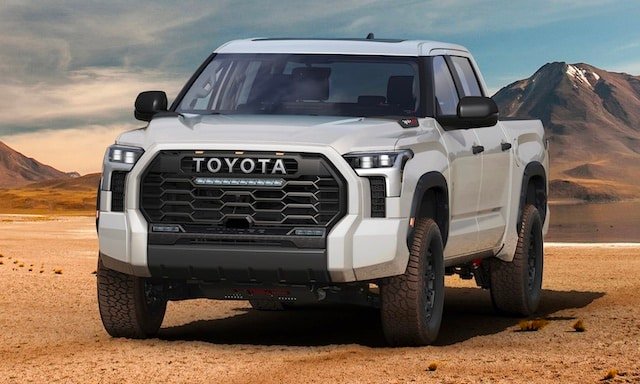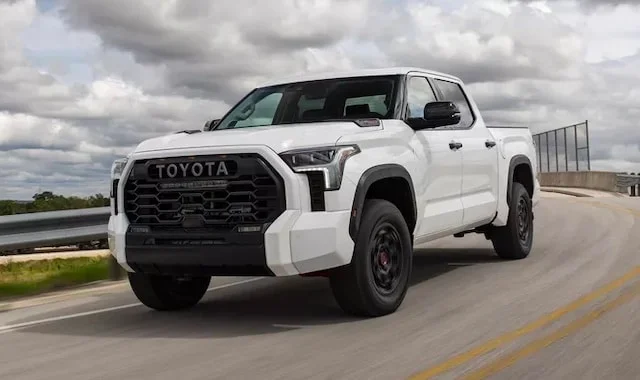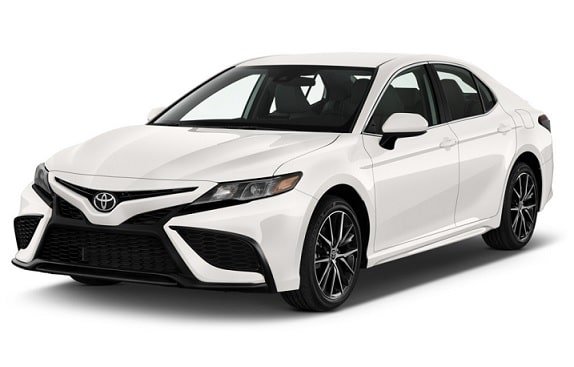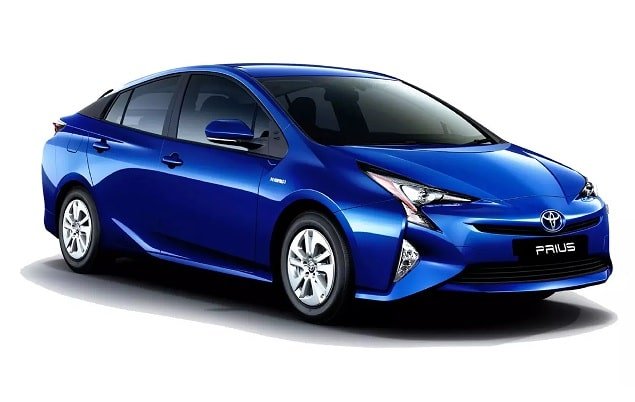The cruise control system is a big plus in any vehicle and if it fails, you’d have to put in some extra work to keep your vehicle moving at a constant speed. However, a Toyota Highlander cruise control failure goes beyond a driving problem and could signify something even more serious.
There are a few reasons why your cruise control system would stop working and there are a handful of fixes that can fix the problem. This article covers some of the common possible causes and the right fixes that should be applied.

But before we dive right into the causes and fixes, we’d take a look at how the cruise control system works.
How the Cruise Control System Works
The cruise control system setup would depend on the vehicle’s make. In modern vehicles, it makes use of a fully electronic setup which is controlled by the vehicle’s ECU (electronic control unit).
In older vehicles, it could be controlled by a vacuum actuator that is physically connected to a chain or cable. The adjustment of the cable will increase or decrease the throttle position based on the actions of the actuator. This system is called electromechanical cruise control.
Your mechanic will tell you which kind of system your cruise control is based on.
Toyota Highlander Cruise Control Not Working: Causes
- Faulty Brake Pedal Switch
- Damaged Speed Sensor
- Blown Fuse
- Damaged Mechanical Components
Toyota Highlander Cruise Control Not Working: How to Fix
Replace the Faulty Brake Pedal Switch
The cruise control system is wired to the brake pedal switch and is meant to disengage whenever the brake pedal is pressed. If the brake pedal switch stays engaged or fails, the cruise control system will remain off.
This fix would require you to replace the brake pedal switch, however, it could require more than that. You may also have to check the wiring connected to the switch for signs of damage.
To get this fixed, you should have your mechanic examine the switch for any signs of damage. The mechanic should also inspect the wires connected to the switch for any damage and change them if necessary. The switch should also be replaced and then the mechanic would confirm it the problem has been solved and the cruise control system working properly.
Replace the Speed Sensor
The speed sensor is also connected to the cruise control system. It if fails, the cruise control system may stop working along with the speedometer and you may notice that your engine would have more difficulty when idling.
Your mechanic would have to examine the speed sensor and its surrounding wires for any signs of damage. If so, the mechanic will have to replace the sensor. If there are any problems with the wires connected to the sensor to the speedometer and the cruise control switches, they would have to be replaced too. This should fix the problem and get the cruise control system working as normal.
Check for a Blown Fuse
The cruise control system is protected by a fuse which prevents it from being damaged due to over-current or a short circuit. If the corresponding fuse for the cruise control system has blown, then the system would stop working.
This fix wouldn’t require a mechanic but if you’re not used to car repairs, then you should leave it to the professionals. All that would be required is to check for the corresponding fuse for the cruise control to see if it has blown. It should be easy to tell if the fuse has blown or failed. If it has, then it should be replaced. When replacing a blown fuse with a new one, only go for those rated for the correct amperage.
If this fix proves too hard for you to perform, then you should drive your car to your mechanic and explain this. Your mechanic should be able to get things done quickly and you won’t have to spend too much on it.
Replace or Fix the Vacuum Actuator
If you’re driving an older model, then your cruise control system probably makes use of a vacuum actuator. This system features a vacuum actuator and a cable connected to the vehicle’s throttle. Together they work to maintain the speed of the vehicle and keep you at a certain distance behind the vehicle in front of you.
If the vacuum actuator fails or there is damage to the hoses, then the cruise control system would stop working. Also, there may be problems with the cable connecting the actuator to the throttle. The cable could be broken.
The vacuum actuator, the hoses, and the cable would have to be checked to ensure they’re in perfect working condition if they’re okay, then the actuator may have to be replaced.
Final Thoughts
Whenever your mechanic performs a fix and confirms that the cruise control system is in order, you should take it for a test drive to confirm it yourself. With that done, the mechanic will use their code reader to clear any trouble codes that may have been produced when the cruise control system failed.
While you could perform some of these fixes on your own, it is best to get a mechanic on the job. A cruise control failure could be a signal that your car is about to develop a fault in its other components. Your mechanic may also inspect other systems like the brake lights and speedometer to check for faults and make the necessary repairs.
While the cruise control system makes driving on the highway more convenient, it is important to keep an eye on the cruise control system as a sudden failure could be dangerous. If you notice that the cruise control system is failing or stopped working altogether, get a mechanic to check it out immediately.







